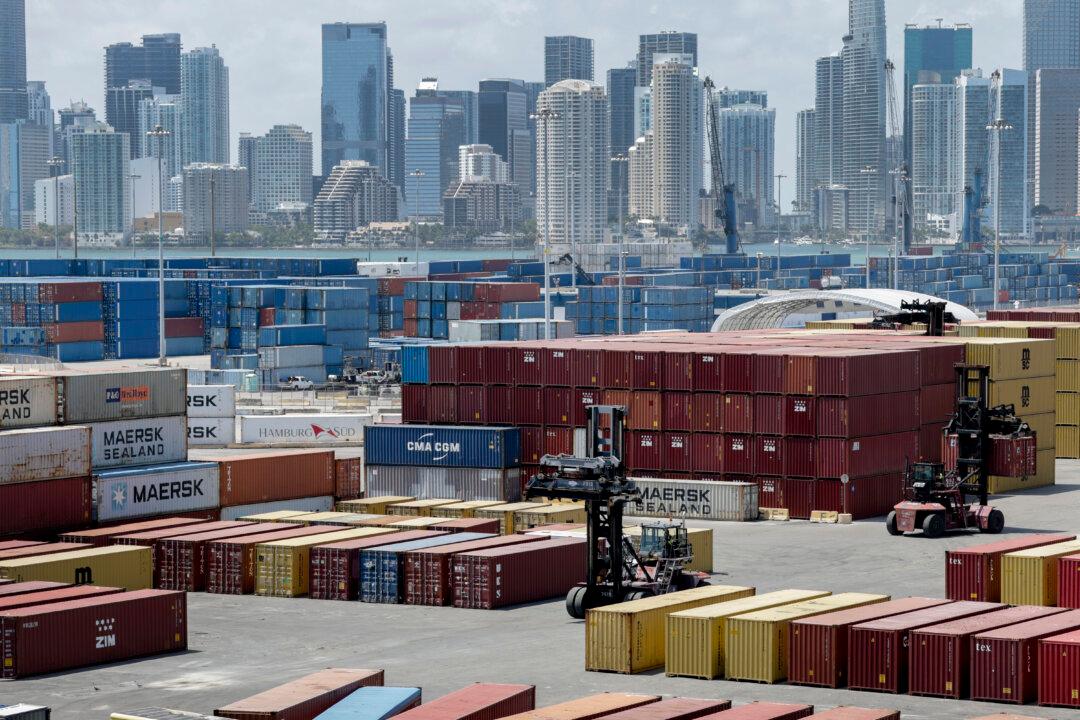Forbes magazine editor-in-chief Steve Forbes warned that the United States will see economic turbulence next year, claiming a potentially “choppy” ride awaits some Americans.
“There are headwinds out there,” Mr. Forbes said, adding that in 2024, there will be “turbulence” for consumers. “The consumers are not going to forget that prices are higher today than when Joe Biden took office,” he added.
Mr. Forbes then claimed that the Fed is attempting to support President Joe Biden for the upcoming year ahead of the presidential election with its monetary tightening regime. The central bank earlier this month held interest rates steady in a targeted range of between 5.25 to 5.5 percent.
“The Fed right now is trying to help Joe Biden next year, but I don’t think it’s gonna work,” he said, referring to the economy.
Confidence Rises
Consensus forecasts from major banks, including Goldman Sachs, Morgan Stanley, UBS, and Barclays, are for global growth to be constrained in 2024 by elevated interest rates, pricier oil, and a weakened China, but with low odds for a recession. A year ago, many banks were forecasting a U.S. recession.But businesses are sounding more grim than they did last year. In its collection of management commentary from 150 earnings calls in the third-quarter reporting season, Deutsche Bank last month said companies broadly characterized demand as being somewhat weak, but not alarmingly so. Companies have continued to cut inventories as they adjust to sluggish demand for goods.
Walmart’s chief financial officer John David Rainey told a Morgan Stanley consumer and retail conference earlier this month the firm wasn’t trying to ring an alarm bell, but that caution was “certainly a departure from what we saw in the first three quarters of the year”.
Other analysts say the U.S. recession they'd been forecasting for two years isn’t coming anymore. Everyone else, from companies to investors, is still bracing for a slowdown caused by tepid consumer demand.
“Take a grain of salt maybe to measuring the efficacy of some of these sell-side forecasts,” said Patrick McDonough, a portfolio manager for PGIM Quantitative Solutions, reported Reuters. “I would be a little bit more on the side of the companies.
“December’s increase in consumer confidence reflected more positive ratings of current business conditions and job availability, as well as less pessimistic views of business, labor market, and personal income prospects over the next six months,” said Dana Peterson, the head economist with the Conference Board.
She added that “while December’s renewed optimism was seen across all ages and household income levels, the gains were largest among householders aged 35-54 and households with income levels of $125,000 and above.”
Consumers also believed that there would be a less likely chance of the U.S. entering a recession next year, saying that it’s at “the lowest level seen” so far in 2023, according to the board. However, two-thirds of Americans believe an economic downturn is possible in 2024.
In 2022, there were a number of warnings that the Federal Reserve’s rate hikes would increase unemployment and kill demand across the U.S. Meanwhile, a number of significant bank failures that started early in 2023 added fuel to the fire about potential economic woes.







